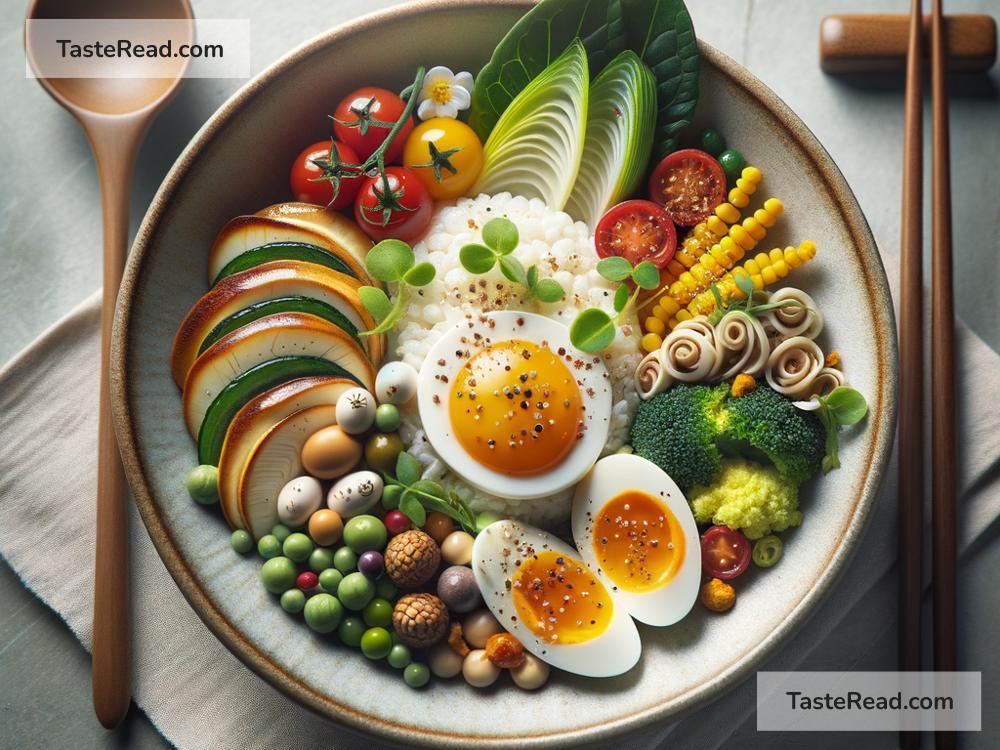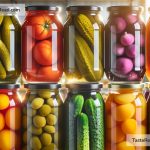Introduction to Plating and Presentation for Home Cooks
Welcome to the magical realm of plating and presentation! Whether you’re whipping up a quick meal on a weekday or preparing a lavish dinner for guests, how you present your food can turn even the simplest of dishes into a work of art. You don’t have to be a professional chef to make your meals look appealing. With some basic techniques and a touch of creativity, you can elevate your home cooking to the next level. Let’s dive into the world of plating and presentation, tailor-made for home cooks!
The Power of First Impressions
We eat with our eyes first. This saying highlights the importance of a dish’s appearance. The way your food looks can significantly influence how delicious it tastes. Ever noticed how a beautifully presented dish makes you more excited to dig in? That’s the power of plating and presentation. It sets the stage for a flavorful experience.
Simple Tools, Big Impact
You don’t need fancy equipment to start plating like a pro. Here are a few simple tools that can make a big difference:
- Plates: The canvas for your culinary art. White or solid-colored plates usually work best as they don’t distract from the food.
- Brushes: A small brush can be used to artistically smear sauces or dressings on the plate.
- Spoons: Handy for creating quenelles (oval scoops of soft food) or for drizzling sauces with precision.
- Tongs: Essential for carefully placing or arranging elements on the plate without messing them up.
5 Easy Tips for Stunning Plating
-
Consider Color and Contrast: Choose ingredients with contrasting colors to make the dish pop. Brightly colored vegetables or a drizzle of a vibrant sauce can transform a dull dish into a feast for the eyes.
-
Play with Textures: Mix different textures to add depth to your presentation. A creamy soup looks even more tempting with some crunchy croutons on top, and a smooth dessert can dazzle with a sprinkle of nuts or fruit pieces.
-
Use Odd Numbers: When placing items like meatballs, shrimp, or vegetables on a plate, odd numbers tend to be more visually appealing than even numbers. Try to go for 3, 5, or 7 pieces rather than 4 or 6.
-
Focus on the Focal Point: Decide what the star of your dish is and make it the central element of your presentation. Arrange the other components around it in a way that complements and draws attention to your focal point.
-
Garnish Wisely: A garnish should be more than just a decoration; it should enhance the flavor of the dish. Use ingredients that complement the taste and theme of your creation. A sprig of fresh herbs or a few edible flowers can add the perfect finishing touch.
Practice the Art of Plating
Plating is an art form, and like any art, it requires practice. Don’t be afraid to experiment with different arrangements and styles. Sometimes, less is more, and a minimalist approach can be just as stunning as a complex configuration. Remember, the goal is to make your dish look inviting and delicious.
Presentation Beyond the Plate
While the focus of plating is on the food itself, the overall dining experience can be enhanced by paying attention to the environment. Simple touches like a well-set table, matching napkins, and appropriate lighting can complement your beautifully plated dishes and create a memorable meal.
Conclusion
Plating and presentation are essential elements of the culinary experience that can take your home cooking from good to gourmet. By mastering the basics and incorporating your unique style, you can turn every meal into an exciting visual and sensory delight. So grab your tools, unleash your creativity, and start transforming your dishes into edible masterpieces. Happy plating!


